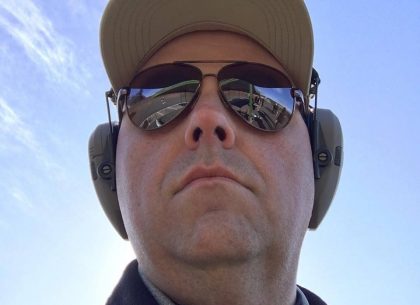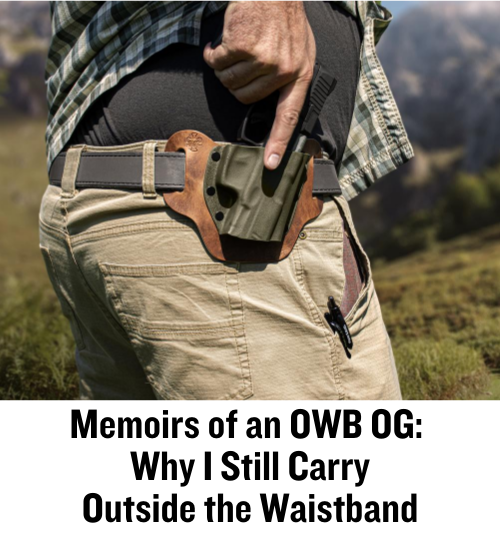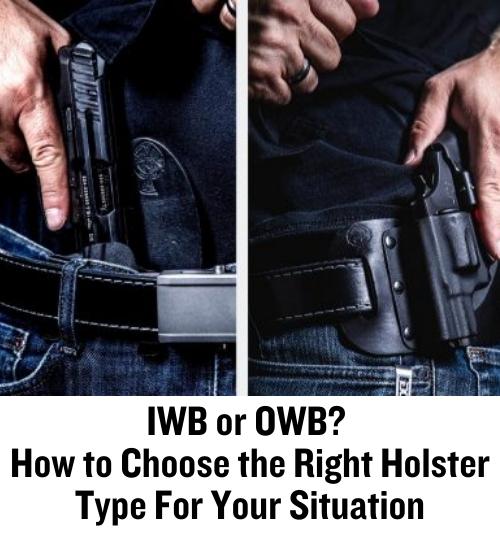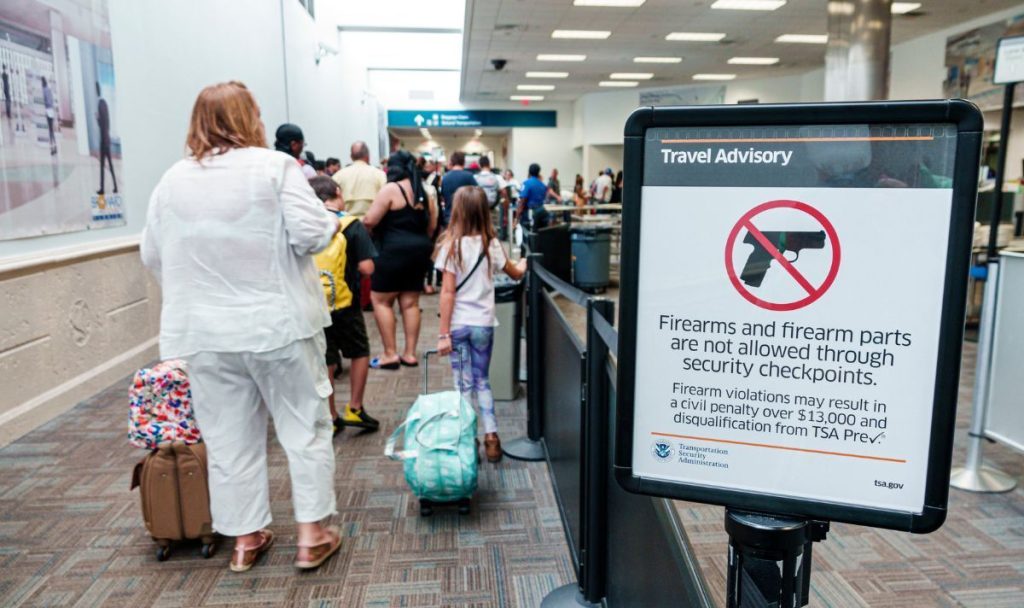Air travel is a routine part of modern life, but the enclosed space and restrictions on what you can bring aboard present unique challenges for personal safety. While firearms are strictly prohibited on commercial flights, that doesn’t mean you have to be left defenseless should something bad happen on your flight. There are several other tools and strategies passengers can use to defend themselves in case of an emergency. Here’s an exploration of effective methods and items that can help ensure your safety during a flight. Keep in mind that, contrary to what you see on the news or social media, trouble on airplanes is extremely rare. Most flights take off and land without incident. But just in case, it’s good to be prepared.
Awareness and Preparedness
The most crucial aspect of self-defense begins long before boarding the plane and as you find your seat and sit down. Awareness and preparedness can significantly enhance your ability to respond effectively in a crisis. While it’s easy to bury your head in your phone and ignore the pre-flight safety briefing you’ve heard a thousand times, pay attention and note the locations of emergency exits, first aid kits, and fire extinguishers. Familiarize yourself with the layout of the plane and keep an eye on your surroundings, including identifying any potential threats or suspicious behavior.
Everyday Items as Defensive Tools
Several common items that are allowed on airplanes can be repurposed as self-defense tools in an emergency. Here are a few examples:
- Pens and Pencils: A sturdy pen or pencil can be a discreet yet effective self-defense weapon. In a close-quarters situation, it can target sensitive areas such as an attacker’s eyes or throat. Opt for a metal-bodied pen for increased durability.
- Laptop or Tablet: Electronic devices, such as laptops or tablets, can be used as improvised shields or bludgeoning tools. Their hard surfaces can provide protection or deliver a significant impact if used to strike an assailant.
- Belts and Straps: A belt, particularly one with a heavy buckle, can be used as a flail to deter an attacker. Straps from bags can also be employed to create distance or to bind an aggressor’s limbs.
- Keys and Keychains: A set of keys or a heavy keychain can be an effective striking tool. Hold the keys between your fingers, with the longest key protruding, to use them like brass knuckles.
Personal Safety Devices
While many traditional self-defense tools are not permitted on flights, there are alternatives designed to be travel-friendly:
- Tactical Flashlights: Can a flashlight be used as a weapon? Absolutely. Will TSA stop you from carrying one aboard a plane? Nope. Compact tactical flashlights can be powerful tools for self-defense. Their bright beams can disorient an attacker, and their sturdy construction allows them to be used as blunt-force weapons. Some models also feature serrated bezels that can inflict additional damage.
- Whistles and Personal Alarms: Noise can be a powerful deterrent. A whistle or personal alarm can attract attention and potentially scare off an attacker. The loud sound can alert crew members and fellow passengers to the emergency.
- Tactical Pens: This popular EDC item is last on the list because whether you get to carry it on board depends on what TSA agent is screening you. I traveled with one in my carry-on for years until I flew through Dulles International in Washington, DC, and it got stopped by an over-zealous screener. After probably a dozen flights, my tactical pen finally got confiscated. Thankfully, it was a cheap one, so I was only out a few dollars. My advice: Don’t take one, or at least understand there’s a good chance it will get confiscated.
Defensive Techniques
Beyond tools, understanding basic self-defense techniques can be invaluable. Here are some strategies to consider:
- De-escalation: Whenever possible, use verbal and nonverbal techniques to de-escalate a situation. Communicate calmly and attempt to resolve conflicts without physical confrontation. Maintaining a non-threatening posture and soothing tone can sometimes defuse aggressive behavior.
- Close-Quarters Combat: Knowing how to defend yourself in close quarters is essential in an airplane’s confined space. Focus on protecting your vital areas and using quick, decisive movements to disable an attacker. Techniques such as striking with elbows and knees, targeting sensitive areas (eyes, nose, throat, and groin), and using leverage to off-balance an opponent can be effective.
- Cooperation with Crew and Passengers: Flight attendants aren’t just there to be another pretty face. They are trained to help keep passengers safe. And pilots aren’t just there to fly the airplane. Working with the flight crew and fellow passengers in a dangerous situation can increase your chances of staying safe. The flight crew is trained to handle emergencies, and collective action can help overpower or deter an aggressor. Communicate clearly and follow instructions from the crew to ensure a coordinated response.
Psychological Preparedness
Finally, mental readiness is a critical component of self-defense. Preparing yourself psychologically to face potential threats can enhance your ability to respond effectively. Stay calm, think clearly, and remember that your primary goal is to protect yourself and others while minimizing harm.
Parting Shot
While firearms are not an option for self-defense on airplanes, numerous tools and strategies can be employed to ensure your safety. By being aware of your surroundings, utilizing everyday items, carrying travel-friendly self-defense devices, learning basic defensive techniques, and preparing mentally for emergencies, you can significantly enhance your ability to protect yourself during air travel. Remember, the best defense often starts with preparedness and awareness.
ABOUT THE AUTHOR:

David Workman is an avid gun guy and a contributing writer to several major gun publications. As an NRA-certified instructor, David trains new shooters on basic handgun skills and CCW requirements and is a strong advocate for training as much as possible. “Real-life shootouts don’t happen at a box range.”
![]() You may also enjoy these popular articles:
You may also enjoy these popular articles:




©MTC Holsters, LLC and CrossBreed Holsters Blog, 2024.
Unauthorized use and/or duplication of this material without express and written permission from this site’s author and/or owner is strictly prohibited. Excerpts and links may be used, provided that full and clear credit is given to David Workman and the CrossBreed Blog with appropriate and specific direction to the original content.

